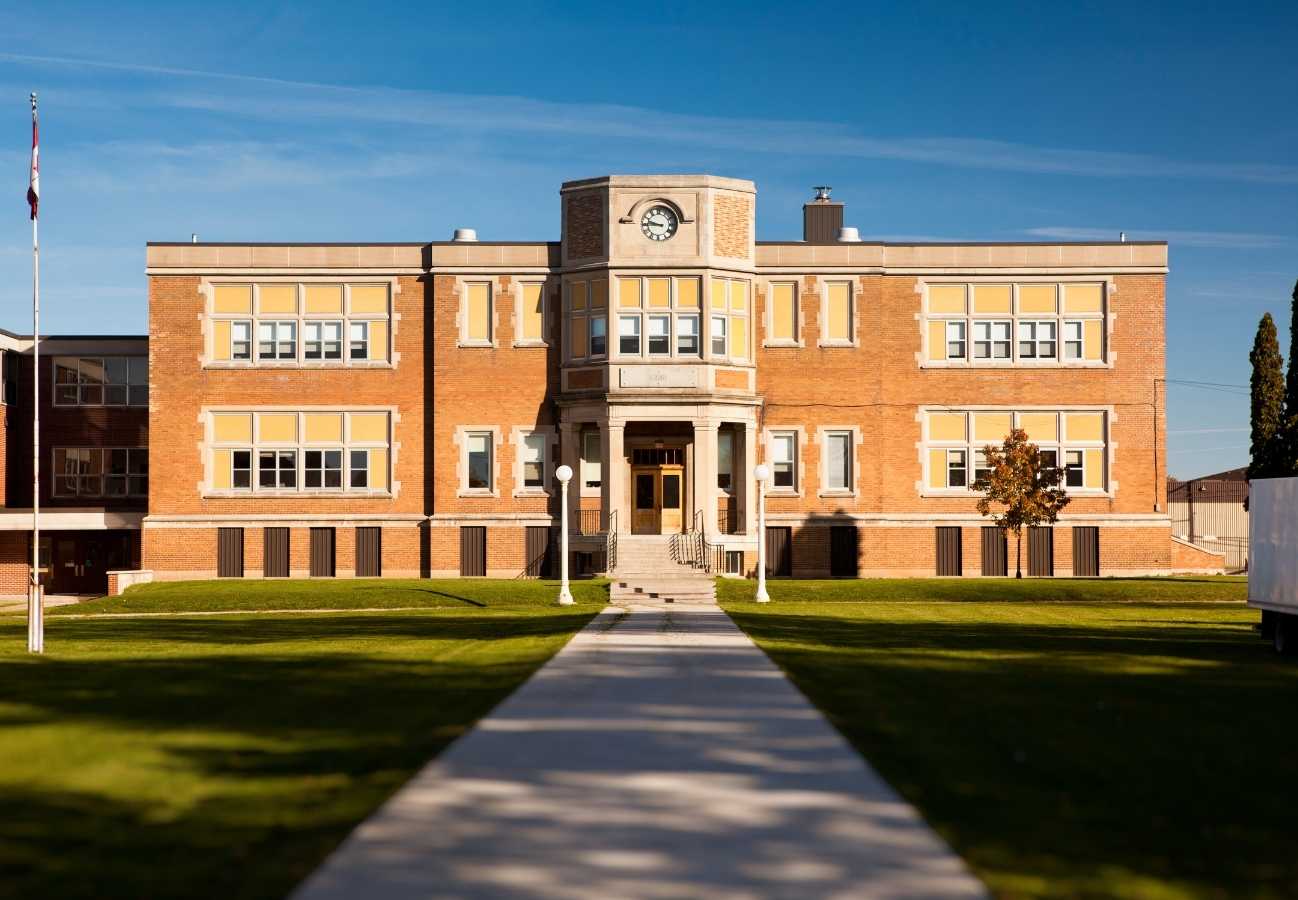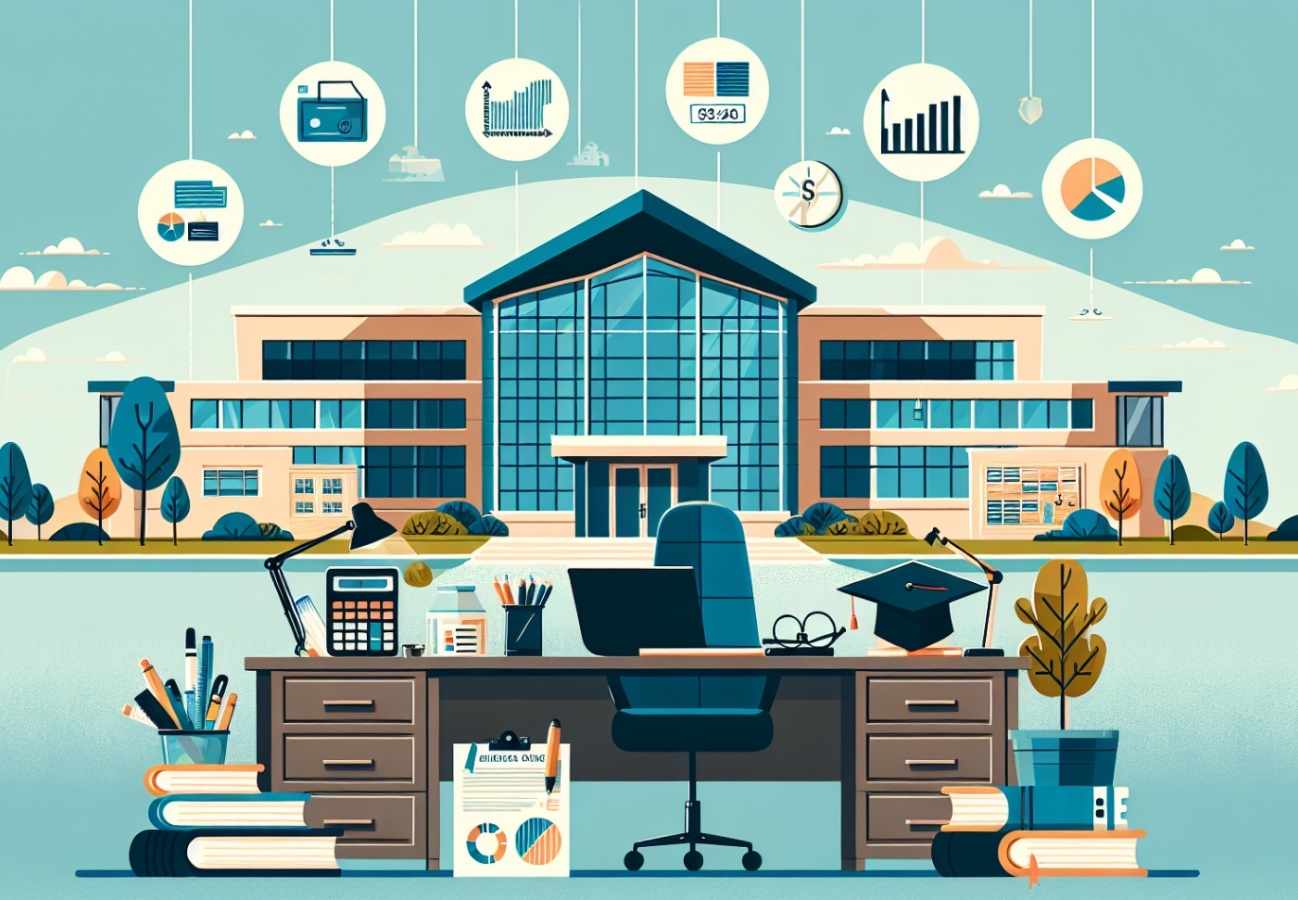What Makes Effective School Leadership
Research on school leadership effectiveness points to several consistent patterns:
Instructional Leadership Matters Most
Principals who focus on improving teaching quality - through observation, feedback, professional development, and curriculum coherence - produce better student outcomes than those who focus primarily on management. But instructional leadership requires time, knowledge, and organizational conditions that many principals lack.
Building Leadership Capacity Throughout the Organization
Effective principals don't lead alone. They develop teacher leaders, distribute leadership responsibilities, and build systems that continue functioning when they're not present. Schools improve faster when leadership capacity grows throughout the organization, not just at the top.
Creating Conditions for Adult Learning
Teachers improve their practice when they work in environments that support learning - collaborative structures, regular feedback, time for reflection, safety to experiment. Principals create these conditions or they don't emerge. Professional development works when embedded in daily practice, not delivered in isolated workshops.
Managing Change with Cultural Intelligence
School improvement requires changing adult behavior and organizational culture - always difficult, often messy. Effective principals understand change as a learning process, not a compliance exercise. They build trust, address resistance directly, and create structures that make new practices sustainable.
Balancing Vision with Daily Reality
Principals must simultaneously hold long-term vision and manage immediate crises. They navigate between transformational goals and operational demands. The skill isn't choosing one over the other - it's learning to integrate both.
Instructional Leadership
Principals shape what happens in classrooms through teacher evaluation, professional development, curriculum decisions, and the instructional culture they build. Effective instructional leadership requires:
- Deep understanding of high-quality teaching and learning
- Ability to observe instruction and provide meaningful feedback
- Systems for supporting teacher growth over time
- Curriculum coherence aligned with learning goals
- Data use that informs instruction without driving it
The challenge: Most principals receive insufficient preparation in instructional leadership and insufficient time to practice it once in the role.
Managing Chronic Absenteeism
Chronic absenteeism has become the "first-order problem" preventing academic recovery. Attendance isn't just a compliance metric - it's a leading indicator of student engagement, family stability, and school culture. Effective responses require:
- Early-warning systems that identify patterns before they become chronic
- Relationship-building with families to understand root causes
- Addressing barriers (transportation, health, safety, engagement)
- Multi-tiered interventions rather than one-size-fits-all approaches
- Making school a place students want to be, not just have to be
The mistake: Treating absenteeism as a compliance issue rather than a symptom of deeper disconnection.
Teacher Retention and Development
Teacher quality matters more than any other school-level factor for student learning. Principals influence teacher quality through hiring, induction, professional development, evaluation, and retention. Building teacher capacity requires:
- Strategic recruitment and selection
- Effective onboarding and mentoring for new teachers
- Job-embedded professional learning (not one-off workshops)
- Regular feedback through observation and coaching
- Creating collaborative learning structures
- Addressing the conditions that drive teachers away
The reality: Teacher retention starts with culture, not compensation alone. When educators feel isolated, overwhelmed, or micromanaged, they leave.
Professional Development That Works
Most professional development fails because it's disconnected from daily practice, delivered in isolated workshops, or designed for compliance rather than growth. Effective professional development is:
Job-Embedded and Ongoing: Teachers need opportunities to learn, try, reflect, and adjust over time - not sit through one-day sessions and return to unchanged practice.
Collaborative and Peer-Powered: Teachers learn effectively from colleagues facing similar challenges. Professional learning communities, lesson study, and coaching create supportive contexts for growth.
Content-Focused: Generic PD on "21st century skills" rarely translates to improved practice. Effective PD connects to specific content, grade levels, and teaching contexts.
Active and Experiential: Passive listening doesn't change practice. Teachers need to experience learning as their students would, analyze student work, practice new strategies, and receive feedback.
Connected to School Goals: Random PD topics create confusion. Effective professional development aligns with school improvement goals and builds coherently over time.
The implication: School leaders need to redesign professional development systems, not just select better workshops.
Building Professional Learning Communities
Most PLCs fail because they become compliance exercises rather than genuine learning spaces. Teachers meet because they have to, not because they're learning. Effective professional learning communities require:
- Structured protocols that focus conversations on student learning
- Psychological safety where teachers can admit struggles
- Shared accountability for all students, not just those in your classroom
- Time protected from other demands (not added onto existing workload)
- Focus on examining student work and instructional practice
- Admin support that participates without dominating
When done well, PLCs become the engine of school improvement. When done poorly, they become another thing teachers endure.
Learn more about our approach to Community at LearnButWhy
School Culture and Climate
Culture - the unwritten rules about how things work - shapes everything that happens in schools. Positive school culture supports both adult and student learning. Building healthy culture requires:
- Clarity about values and expectations
- Trust between administration and staff
- Psychological safety for risk-taking and learning
- Shared responsibility for all students
- Addressing problems directly rather than avoiding conflict
- Celebrating success without ignoring challenges
The challenge: Culture develops slowly and damages quickly. It requires consistent attention, not occasional interventions. You can't poster your way to better culture.
Schools as Learning Organizations
Peter Senge's framework offers powerful insights for school leadership. Learning organizations continuously transform themselves through individual and collective learning. In education, this means:
Systems Thinking: Understanding how parts of the school system interact and influence each other. Problems rarely have single causes or simple solutions. Effective leaders see patterns and interdependencies.
Personal Mastery: Leaders model continuous learning and growth. They stay curious, acknowledge what they don't know, and demonstrate that learning includes struggle and failure.
Mental Models: Examining assumptions about teaching, learning, students, and change. Unexamined beliefs limit what schools can become. Growth requires surfacing and questioning these models.
Shared Vision: Building collective commitment to purpose and direction. Vision emerges through dialogue, not top-down mandate. It guides decisions when formal rules don't apply.
Team Learning: Creating structures for collaborative learning among adults. Schools improve when teachers learn together, not just individually.
For school leaders, this framework suggests focusing less on managing compliance and more on building capacity for collective learning and adaptation.
If you're interested in transforming your environment into a learning organization, make sure to review LearnButWhy services for schools.
Leading Change Without Burning Out Your Team
Schools constantly face pressure to improve, innovate, or respond to new mandates. Most change initiatives fail because systems revert to comfortable patterns. Sustainable change requires:
- Clear vision and strategic priorities (not everything at once)
- Building buy-in without forcing compliance
- Addressing resistance and fear directly
- Creating structures that support new practices
- Monitoring implementation and adjusting course
- Sustaining changes beyond the initial enthusiasm
- Protecting staff from initiative fatigue
The mistake: Treating change as a compliance exercise rather than a learning process. Change requires shifting organizational culture, not just implementing programs.
Distributed Leadership
Effective principals don't lead alone. They develop teacher leaders, distribute leadership responsibilities, and build systems that function when they're not present. This requires:
- Intentional development of teacher leaders
- Clear role definitions and authority
- Protected time for leadership work
- Trust to delegate real decision-making
- Systems that capture and share knowledge
- Recognition that leadership capacity matters more than hero principals
Schools improve faster when leadership capacity grows throughout the organization, not just at the top.
Behavior Management and Restorative Practices
Behavior management consumes enormous leadership time and instructional minutes. Punitive approaches rarely work long-term. Restorative practices shift from punishment to accountability:
- Teaching students how to repair harm and rebuild relationships
- Clear expectations communicated and reinforced consistently
- Consistent responses that match the situation
- Adult capacity-building in de-escalation and relationship repair
- Addressing environmental factors that contribute to dysregulation
- Creating conditions where students feel belonging and purpose
The goal: Orderly environments that encourage learning, not through constant enforcement, but through shared responsibility and genuine accountability.
Managing Budget Constraints and Resources
Budget pressure forces impossible choices. When sixty percent of governing boards say balancing the budget is their top challenge, leaders need frameworks for making defensible trade-offs:
Strategic Priority-Setting: Everything can't be equally important. Leaders must identify what matters most and protect it from competing demands.
Creative Resource Allocation: Time is often more scarce than money. Restructuring schedules to create collaborative planning time costs nothing but yields significant returns.
Demonstrating ROI: Board-ready language and evidence for professional development investments. Show sustained gains, not just compliance with mandates.
Braiding Funding Sources: Avoid cliffs by planning sustainability from the start. Don't launch programs you can't maintain.
Saying No Strategically: Not every initiative deserves implementation. Leaders must protect staff from initiative overload.
The reality: Resource constraints won't disappear. Leadership means making strategic choices within real constraints, not waiting for ideal conditions.
Learn more about Managing the School Budget and review our guide on School Funding and Grants
Technology Governance
School leaders now face technology governance questions that didn't exist five years ago. The priorities aren't "AI replacing teachers" - they're:
- Ransomware risk and cybersecurity preparedness
- Defensible AI use policies that balance innovation with safety
- Data privacy compliance (student and staff)
- Vendor risk management and contract review
- Interoperability headaches as systems fail to talk to each other
- Staff training on acceptable use and digital citizenship
Effective governance requires clear policies, staff training, vendor risk management, and balancing innovation with safety. Leaders need guardrails, not hype.
Staff Safety and Community Conflict
Principal safety concerns have reached historic highs in some regions. Parent aggression, community pushback, and constant conflict management drain time and energy from educational leadership. Creating safer conditions requires:
- Clear boundaries and protocols for threatening behavior
- De-escalation training for all staff
- Partnership with law enforcement when needed
- Transparent communication with families that manages expectations
- District-level support for principals facing threats
- Recognition that this is a systemic issue requiring systemic solutions
The reality: Staff safety can no longer be assumed. Leaders need backup, not platitudes about "customer service."
Learn more: School Safety Planning
Supporting Special Education
Special education creates enormous pressure for school leaders - rising identification rates, inadequate funding, staff shortages, compliance requirements, and inclusion challenges. Effective Special Educational Needs and Disabilities (SEND) requires:
- Building strong special education (SPED) teams despite hiring challenges
- Understanding funding formulas and advocating for adequate resources
- Creating inclusive classroom systems, not just compliant ones
- Managing timelines and paperwork efficiently without letting it consume everything
- Balancing compliance requirements with actual student needs
- Advocating at district/state level for sustainable support
The challenge: SEND costs overwhelm general budgets while support systems remain inadequate. Leaders make impossible trade-offs daily.
Managing Operations
Schools can't focus on learning when basic operations fail. Effective operational management includes:
- Budget development aligned with instructional priorities
- Scheduling that protects learning time and collaboration time
- Facilities management and safety protocols
- Efficient compliance systems (not compliance as the system)
- Clear communication structures with families and community
- Crisis management protocols that don't derail improvement work
The challenge: Operational demands often consume all available time and energy, leaving little space for instructional leadership. Strategic leaders manage operations efficiently to protect time for what matters most.
Building Your Leadership Practice
School leadership is learned through practice, not just study. Developing as a leader requires:
Reflective Practice: Regular examination of decisions, patterns, and outcomes. What worked? What didn't? Why? What will I change?
Peer Learning Networks: Connection with other principals facing similar challenges. Leadership can feel isolating. Trusted colleagues provide perspective, support, and ideas.
Continuous Learning: Reading research, attending conferences, pursuing additional education. The knowledge base on effective schools continues growing. Leaders must stay current.
Mentorship and Coaching: Learning from experienced principals who've navigated similar challenges. Good mentors ask questions, share experiences, and provide honest feedback.
Experimentation and Risk-Taking: Trying new approaches, learning from failure, and adjusting course. Organizations don't improve without leaders willing to experiment.
Leadership development isn't a one-time event - it's an ongoing process of learning, practicing, reflecting, and growing.
Moving Forward
The articles in this section explore these themes in depth. Some address specific challenges school leaders face. Others examine organizational frameworks and change processes. All connect theory to practice and research to real-world application.
School leadership matters. Effective principals create conditions where teachers can teach well and students can learn deeply. They build organizations that adapt and improve rather than stagnate and decline.
But leadership is hard. It requires navigating competing demands, managing scarce resources, changing adult behavior, and maintaining hope when systems resist change.
These resources aim to support that work - not with simplistic solutions, but with grounded insights about what makes schools work and how leaders can move them forward.
The goal isn't perfection. It's progress - building schools that better serve the humans inside them, one decision and one relationship at a time.
As next steps, make sure to check out our School Services page and download the free School Needs Checklist.









